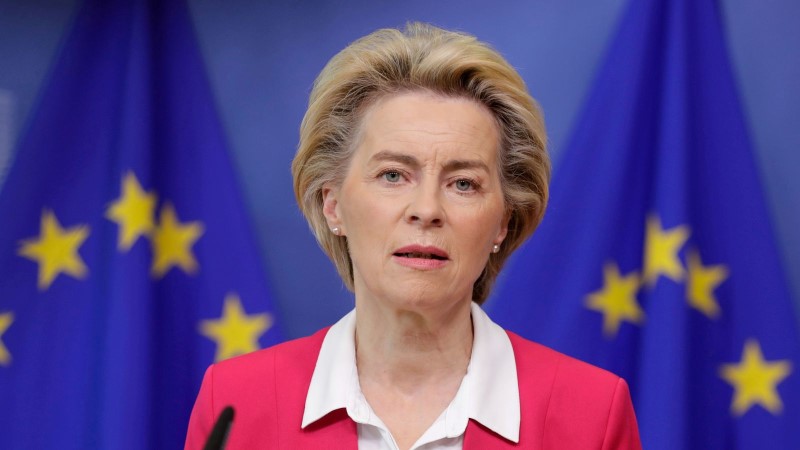Economy
WTO Downgrades Global Merchandise Trade Outlook for 2025 Amid Tariff Escalation
The World Trade Organization (WTO) has significantly downgraded its forecast for global merchandise trade in 2025, expecting a 0.2% decrease. This revision comes as escalating U.S. tariffs and growing uncertainties in international trade continue to disrupt global commerce.
Impact of U.S.-Led Trade Conflict
Headquartered in Geneva, the WTO now predicts a nearly three percentage point drop compared to earlier projections, attributing the downturn to ongoing tensions stemming from U.S. trade policies. However, it forecasts a 2.5% recovery in trade by 2026, should current conditions stabilize.
The Trump Tariff Agenda and its Aftermath
Global trade had only begun to return to normal following the COVID-19 pandemic when Donald Trump’s presidency introduced new trade measures. In an effort to revitalize the U.S. middle class, Trump implemented tariffs aimed at China and other countries with which the U.S. had significant trade deficits.
Reciprocal Import Taxes and Diplomatic Negotiations
Trump recently proposed reciprocal tariffs ranging from 10% to 50%. Authorities temporarily suspended these plans for 90 days to allow for further negotiations. While the suspension targets countries like Japan, China still faces tariffs exceeding 100% on its exports to the U.S. A Japanese delegation will visit the White House today to discuss potential resolutions.

US and EU Make Limited Progress on Trade Dispute
This week, the European Union and the United States made limited progress in resolving their trade differences…
Risks of Escalating Trade Disputes
The WTO’s updated forecast indicates that if the U.S. moves forward with higher tariffs, global trade could contract by up to 1.5% in 2025. Protectionist measures, while beneficial in some ways, may harm global economic activity in the long run, according to the organization.
Retaliatory Tariffs and Inflation Concerns
In response, China has imposed its own tariffs, while limiting the exports of critical raw materials and affecting U.S. companies. The WTO cautioned that a prolonged cycle of retaliatory tariffs could increase living costs and intensify inflationary pressures.
Regional Trade Impacts
North American trade is projected to suffer the most from these disruptions, while Asia and Europe may experience modest growth. However, any significant downturn in U.S.-China trade could prompt Chinese exporters to seek new markets, escalating competition globally.
Services Trade Slows Down
The WTO also warned of a slowdown in services trade. While commercial services are expected to grow by 4% this year and 4.1% in 2026, this represents a sharp decline from last year’s 6.8% growth.


